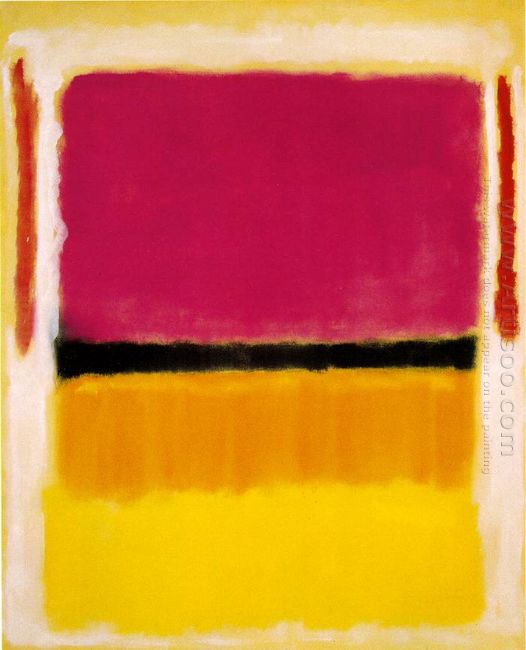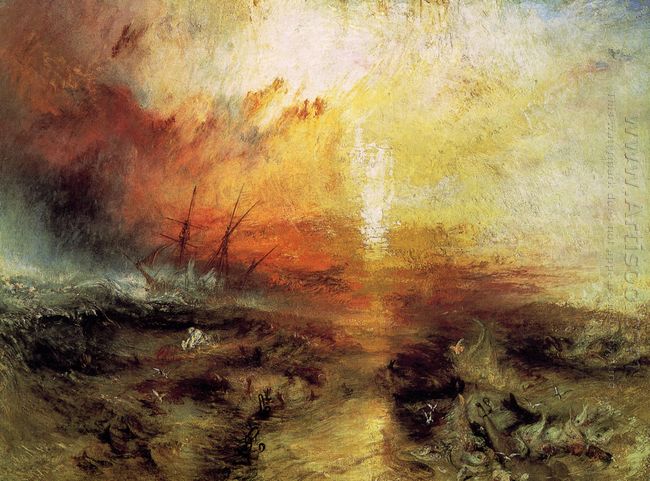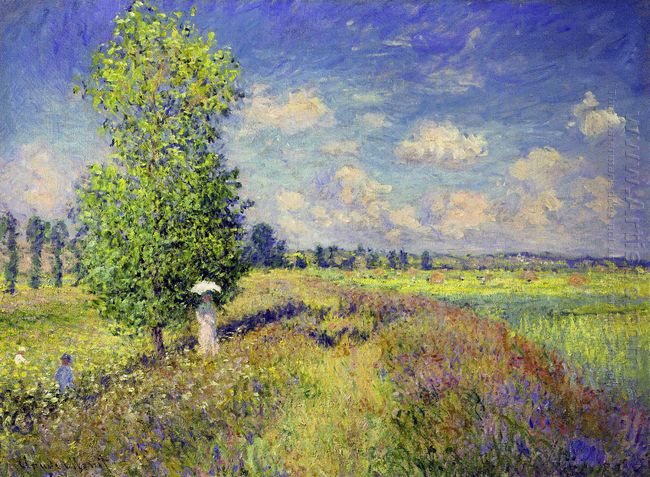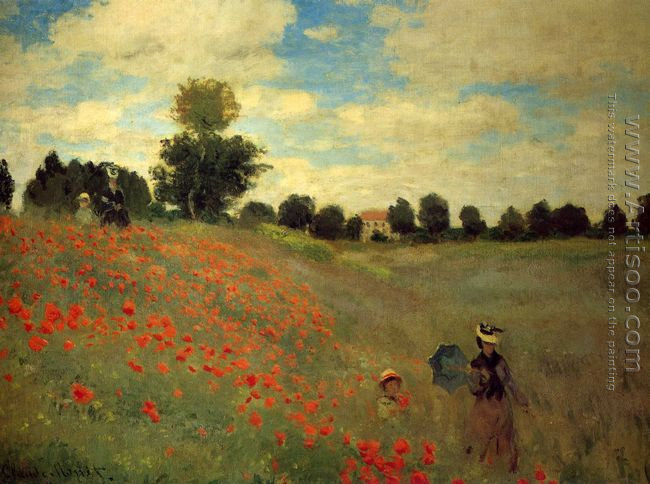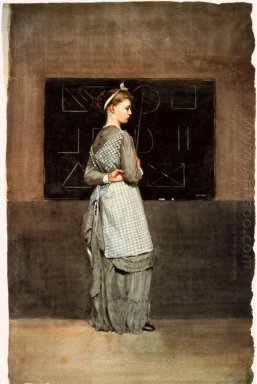From the beginning of the 18th century, there were a number of artists in the Renaissance tired of increasingly complicated color balance theory, or in other words, they raised questions about such too idealistic color, which was closely related to the rise of the Enlightenment. Joshua Reynolds (1723 to 1792) was a well known figure in the history of western painting, and the most famous classical painter in Britain and the founder and lifelong dean of the Royal College of Art. Meanwhile, he persistently insisted on the color theory of the Renaissance and actively practiced it. He made a lot of refinement and interpretation of Renaissance painting theory. He further proposed in the interpretation of Da Vinci's theory of color: excessive color should be avoided to use in a large space, particularly cool color, for this could cause the color mismatch of the whole picture. He even specially emphasized: blue and purple could not be put in a dominant position (from a historical point of view, there are few painters that dare to make such paintings).
However, in the same period, another famous British classical painter Thomas Gainsborough (1727 to 1788) was an artist filled with the spirit of rebellion, who challenged traditional color theory by using his own works. In his The Blue Boy and A Woman In Blue Portrait Of The Duchess Of Beaufort, blue and purple took the dominant position and cool colors were used in a large space. These two exquisite works became an outstanding example of color use in the art history. At the same time, he also proved that the traditional theory was not unchangeable.
In fact, it was the gradual breakthrough development of 18th century painting in the color and shape that created the conditions for the birth of the 19th century Impressionist paintings. From the 15th century to the 17th century, what artists were concerned about was how to unite the color in the works with spiritual theme, and pursue an ideal harmonious color. In the 18th century, artists began to recognize that even the colors of the real world were not always in perfect harmony, artists could create harmony in disharmony. In the 19th century, artists began to appreciate the essence of the higher level spirit of the Aristotelian aesthetics and know art was not a perfect reproduction of reality, because the art belonged to the feelings of the human spiritual aspects of life, therefore, it should be emotional rather than purely rational.
When it comes to color and shape, in addition to the emphasis on harmonious basis points, Aristotle further pointed out: shapes and colors were actually affected by the viewers' emotional and spiritual feelings; in spite of the spatial relationships or color they were actually relative rather than fixed. Once this point was comprehended, the door to the contemporary art painting was open. In today's words, the color art after Impressionism was actually an impressional, emotional, and subjective color art.
To date, the harmonious color theory of idealism in Renaissance painting theory has been broken down. But this breakthrough was not abandoned, it just rose to the emotional subjective level with more realism significance. Chinese people often said, "People dressed in red with green feel very ugly and even cry". But farmers in Shaanxi and Gansu province were usually dressed in red with green in the wedding celebration. In this case, it was more suitable than abrupt. Such an interesting phenomenon was quite similar to the contemporary color theory.

